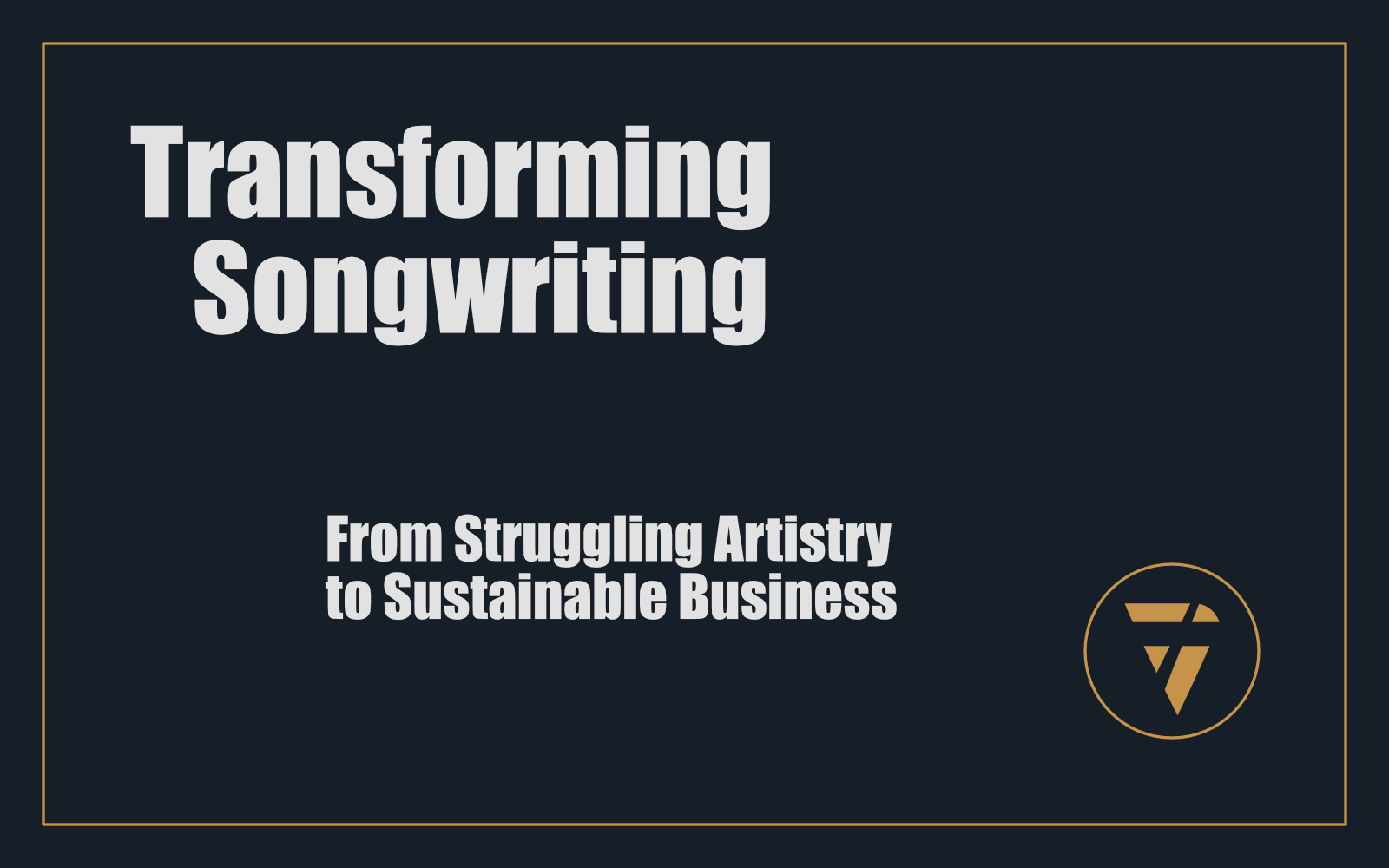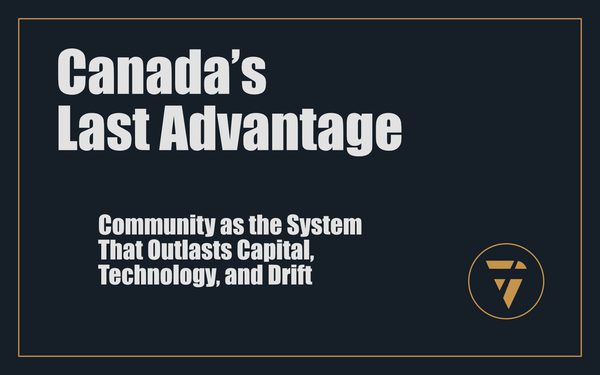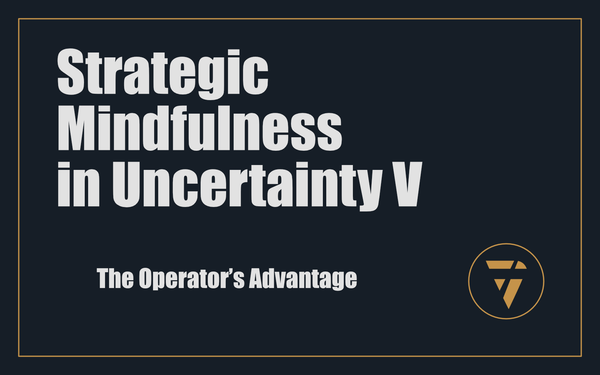Transforming Songwriting

From Struggling Artistry to Sustainable Business
What Beveridge has created here isn't just a book – it's a business operating system disguised as one. While most music business guides wax poetic about creativity and "finding your voice," this framework slaps you with an uncomfortable truth: great music is necessary but insufficient for success. The brutal reality? Most artists are running hobby businesses with enterprise ambitions.
The author deserves credit for his intellectual courage. In an industry drowning in platitudes about "authenticity" and "organic growth," Beveridge serves ice-cold reality: music is a product, and products need marketing budgets, distribution strategies, and profit margins. This framing will offend many – which is precisely why it's valuable.
I'm really enjoying the early reviews, so you may have to put up with me sharing a few of them :)
What Works: The Structural Revolution
The framework's central insight – the explicit separation between art and product – creates clarity where most artists experience paralyzing cognitive dissonance. Beveridge's "Great Divide" isn't revolutionary in content (the industry has always operated this way) but in articulation. By forcing the decision upfront, he eliminates the wishful thinking that torpedoes careers.
Three arguments are particularly strong:
- The 10% Rule: Production should consume only 10% of your budget, with marketing taking 90%. This inverts conventional wisdom and is empirically sound. Most musicians do the opposite – spending $10K on recording and $500 on promotion – then wonder why nobody hears their masterpiece.
- The Marketing-to-Music Ratio: The assertion that marketing expertise must exceed musical expertise isn't just provocative – it's predictive of success. The data supports this: mediocre songs with exceptional marketing will always outperform brilliant songs with no promotion.
- The Multi-Product Approach: The quarterly release strategy represents a fundamental shift from artistic perfectionism to portfolio theory. Rather than betting everything on a single magnum opus, artists can build sustainable income through consistent output – similar to how SaaS companies release features.
The Pitfalls: Execution Challenges
Despite its strengths, the framework has vulnerabilities:
Overcorrection risk: The pendulum swing from "art first" to "product first" might push artists too far toward commoditization. While Beveridge acknowledges the balance, the framework's emphasis on commercial considerations could inadvertently create soulless content factories.
Capital requirements: The system presupposes financial resources many independent artists lack. The 90% marketing allocation makes mathematical sense but presents a practical obstacle for bootstrapped creators.
Platform dependency: Much of the distribution and monetization strategy relies on platforms (Spotify, TikTok, YouTube) whose algorithms and economics change frequently. This creates systemic risk for artists who build careers on these shifting sands.
Genre-blindness: While the framework acknowledges genre differences, the core business model works better for certain genres (pop, hip-hop) than others (jazz, classical, experimental). The product-market fit varies dramatically across musical categories.
The Cold Economics
The most valuable aspect of this framework is its unsentimental analysis of streaming economics. Beveridge correctly identifies that Spotify and other DSPs function as discovery mechanisms, not revenue generators. At approximately $0.003-$0.005 per stream, an artist needs 200,000+ streams to earn minimum wage for a single month.
This leads to his most important insight: diversification isn't optional – it's survival. The multiple revenue stream approach (sync licensing, direct fan monetization, education products) represents the only viable path forward for most artists.
Reckoning with Reality
The framework's most powerful message is unstated but omnipresent: the traditional music industry was built on artificial scarcity that no longer exists. When distribution required physical manufacturing and retail relationships, gatekeepers controlled access. Today, unlimited shelf space has created unlimited competition.
Where Beveridge truly adds value is acknowledging this reality without capitulating to it. Instead of nostalgia for the old model or blind optimism about the new one, he offers a third path: strategic adaptation using business fundamentals that have proven resilient across industries.
The Metrics That Matter
If implemented correctly, this system shifts an artist's focus from vanity metrics (streams, followers) to business fundamentals:
- Customer acquisition cost vs. lifetime value
- Conversion rates across the fan funnel
- Retention and recurring revenue
- Product portfolio diversification
- IP asset appreciation over time
This represents a profound shift from hoping for a viral moment to building durable economic value.
Final Verdict
Beveridge's "Songs That Pay" framework is to music what AWS was to startups – an infrastructure that dramatically lowers the barriers to viable operation. It won't make bad music good or guarantee superstardom, but it provides the missing operating system between creative output and commercial viability.
The strongest evidence for its value? The music industry will hate it. Whenever incumbent gatekeepers resist a framework, it usually means it transfers power to creators. This system doesn't promise overnight success, but rather something more valuable: agency in an industry designed to take it away.
For artists ready to shed delusions and build sustainable careers, this isn't just useful guidance – it's the missing manual for an industry that benefits from keeping its economics opaque. Whether that transparency is worth the potential creative compromise is a question each artist must answer for themselves.





